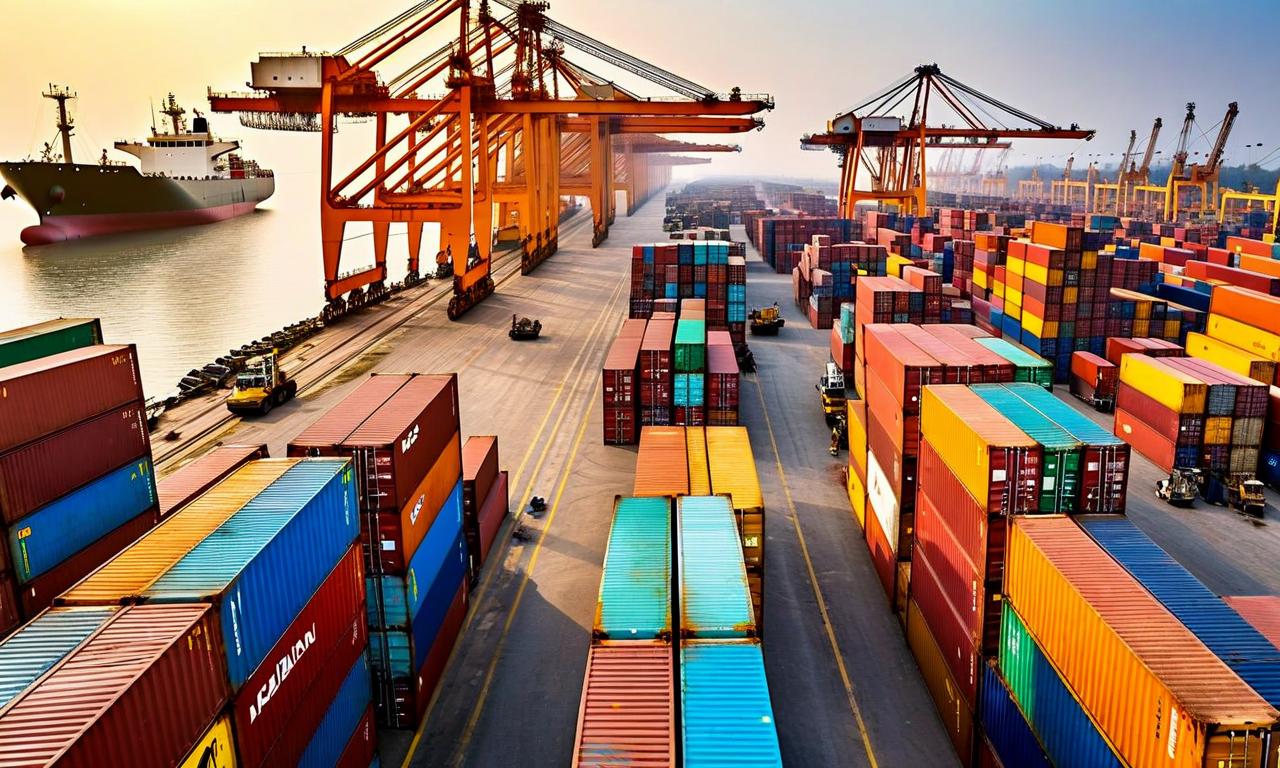India-US Trade Talks to Resume Amid Significant Tariff Impact on Bilateral Commerce
Prime Minister Modi and President Trump announced plans to resume India-US trade negotiations following a period of heightened tensions. The US implemented a 50% tariff on Indian goods, partly due to India's Russian oil purchases. This resulted in a 37.50% drop in Indian exports to the US, causing over $3.30 billion in monthly trade losses. Key sectors affected include textiles, gems and jewellery, and leather goods. The talks are expected to focus on agricultural market access, US energy purchases, protection of Indian farmers, and the Russian oil issue. Experts anticipate a phased deal approach rather than a comprehensive agreement.

*this image is generated using AI for illustrative purposes only.
In a significant development for global trade relations, Prime Minister Narendra Modi and US President Donald Trump have announced plans to resume India-US trade negotiations. This move comes after a period of heightened trade tensions between the two nations, marked by substantial tariffs and their consequent economic impacts.
Tariff Implementation and Its Effects
The United States implemented a 50% tariff on numerous Indian goods, with half of this tariff serving as a penalty for India's continued purchase of Russian oil. The impact of these tariffs has been substantial:
| Impact Area | Details |
|---|---|
| Indian Exports to US | Dropped 37.50% |
| Monthly Trade Loss | Over $3.30 billion |
| Most Affected Sectors | Textiles, gems and jewellery, leather goods, engineering products |
| Indian GDP Growth | Potential reduction of 0.50% to 0.80% |
| Indian Economy | Stock market volatility, rupee weakness |
| US Economy | Increased costs for consumers and businesses |
Sectoral Impact and Response
The tariffs have had a particularly severe impact on labor-intensive sectors in India, with some exporters finding themselves priced out of the US market. In response, India has opted for diplomatic engagement and market diversification strategies rather than implementing retaliatory tariffs.
Ongoing Negotiations
The resumed trade talks are expected to focus on several key areas:
- Agricultural market access
- Increased US energy purchases by India
- Protection of Indian farmers' interests
- Potential resolution of the Russian oil issue
Experts suggest that a phased deal may be more likely than a comprehensive agreement, with the resolution of the Russian oil issue seen as crucial for de-escalation.
Outlook
As negotiations progress, both nations will need to navigate complex economic and geopolitical considerations. The outcome of these talks could have significant implications for bilateral trade, global supply chains, and the broader economic relationship between India and the United States.
While the resumption of talks is a positive step, the path to resolving these trade tensions remains challenging. Both sides will need to find a balance between their national interests and the benefits of a strong trading partnership.





























